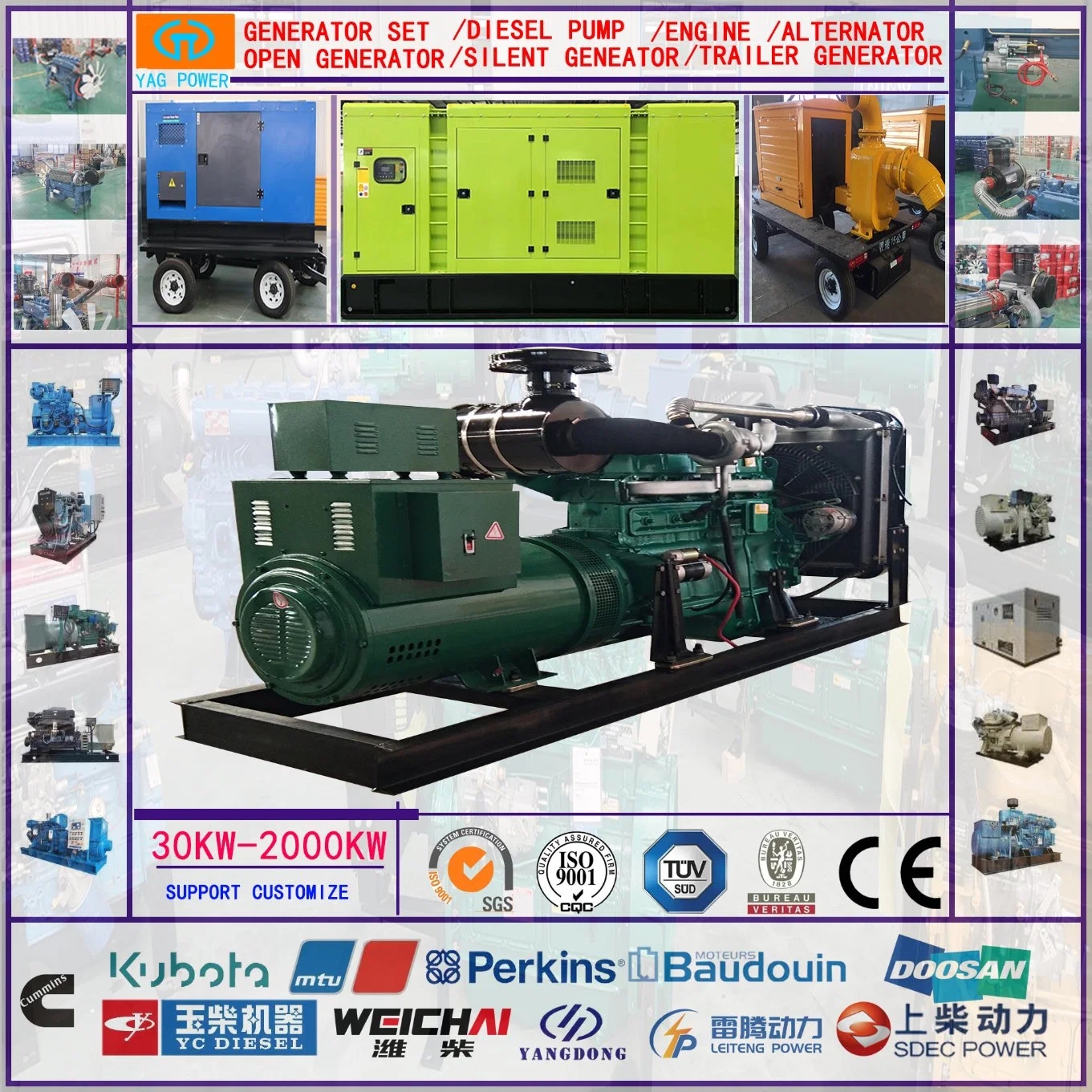Introduction
Diesel generators are a critical component of many industries, providing backup power during outages and ensuring continuous operations. Site acceptance testing is a crucial step in the installation and commissioning of a diesel generator to ensure that it meets the necessary requirements and functions as intended. In this article, we will explore the importance of diesel generators for site acceptance testing, the key components of a diesel generator system, the testing process, and best practices for ensuring a successful test.

Importance of Diesel Generators for Site Acceptance Testing
Diesel generators play a vital role in providing backup power during emergencies, ensuring that critical systems and operations remain functional even in the event of a power outage. Site acceptance testing is an essential step in the installation and commissioning of a diesel generator to verify that it meets the specified requirements and functions correctly. By conducting thorough testing, operators can identify any issues or discrepancies early on and address them before the generator is put into service.
Key Components of a Diesel Generator System
A diesel generator system consists of several key components that work together to produce electrical power. These components include the diesel engine, alternator, fuel system, cooling system, battery system, control panel, and exhaust system. Each component plays a crucial role in the overall operation of the generator and must be carefully inspected during site acceptance testing to ensure proper functionality.
The diesel engine is the heart of the generator system and is responsible for converting diesel fuel into mechanical energy. The alternator then converts this mechanical energy into electrical power, which is distributed to the connected load. The fuel system delivers fuel from the storage tank to the engine, while the cooling system helps regulate the temperature of the engine to prevent overheating.
The battery system provides the initial power needed to start the engine, while the control panel monitors and controls the operation of the generator. Finally, the exhaust system removes combustion gases from the engine and directs them safely outside the building. All of these components must work together seamlessly to ensure the reliable operation of the diesel generator.
Testing Process for Site Acceptance Testing
Site acceptance testing for a diesel generator typically follows a standardized process to ensure thorough evaluation and validation of the system. The testing process may vary depending on the specific requirements of the project, but generally includes the following steps:
1. Visual Inspection: The first step in the testing process is a visual inspection of the generator system to ensure that all components are installed correctly and in good condition. This includes checking for any signs of damage or wear, loose connections, and proper labeling of components.
2. Functional Testing: Once the visual inspection is complete, functional testing is conducted to verify the operation of the generator under load conditions. This may include testing the starting and stopping sequence, voltage and frequency regulation, load transfer capability, and response to varying load demands.
3. Performance Testing: Performance testing is conducted to evaluate the efficiency and reliability of the generator system under different operating conditions. This may include testing the fuel consumption rate, temperature regulation, noise levels, and emissions compliance.
4. Safety Testing: Safety testing is a critical aspect of site acceptance testing to ensure that the generator system meets all safety requirements and regulations. This may include testing emergency shutdown procedures, fire protection systems, exhaust emissions, and electrical safety measures.
5. Documentation and Reporting: Throughout the testing process, detailed documentation should be maintained to record test results, observations, and any issues identified. A comprehensive test report should be prepared at the conclusion of the testing, summarizing the findings and any recommendations for corrective actions.
Best Practices for Successful Site Acceptance Testing
To ensure a successful site acceptance testing for a diesel generator, the following best practices should be followed:
1. Plan Ahead: Proper planning is essential for a successful testing process. Develop a detailed test plan outlining the testing procedures, acceptance criteria, and responsibilities of all parties involved.
2. Conduct Pre-Testing Checks: Before starting the formal testing process, conduct pre-testing checks to ensure that all components are installed correctly and functioning properly.
3. Involve Stakeholders: Engage all relevant stakeholders, including operators, maintenance personnel, and project managers, in the testing process to ensure that all requirements are understood and met.
4. Follow Safety Protocols: Safety should be a top priority during site acceptance testing. Adhere to all safety protocols and regulations to prevent accidents and ensure a safe testing environment.
5. Document Everything: Keep detailed records of all testing activities, including test results, observations, and any issues encountered. 30kw diesel generator for oil and gas facilities will be essential for troubleshooting and future reference.
6. Address Issues Promptly: If any issues are identified during testing, address them promptly to prevent further complications and ensure that the generator system meets all requirements.
Conclusion
Diesel generators are a critical component of many industries, providing backup power during emergencies and ensuring continuous operations. Site acceptance testing is an essential step in the installation and commissioning of a diesel generator to verify that it meets the required specifications and functions correctly. By following the key components of a diesel generator system, understanding the testing process, and implementing best practices, operators can ensure a successful site acceptance testing and reliable operation of their generator system.
